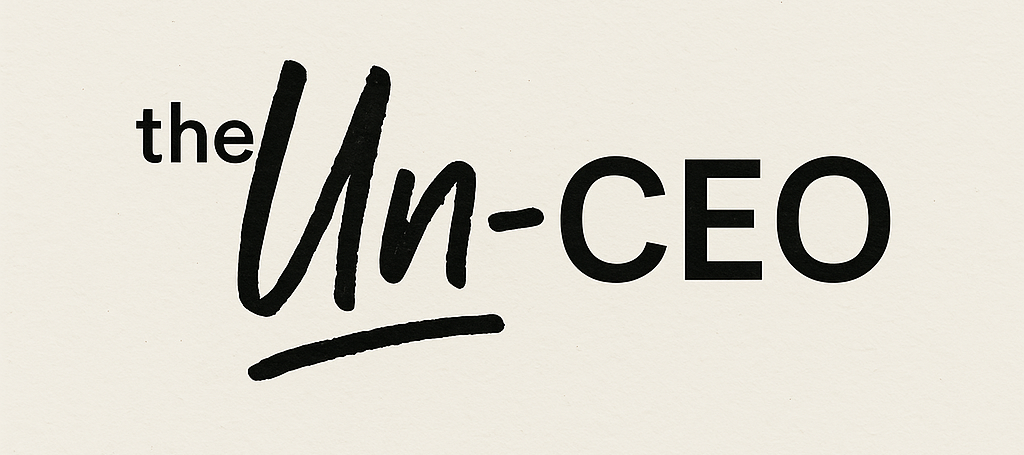-
Admitting Mistakes
https://hbr.org/2015/10/a-simple-formula-for-changing-our-behavior?utm_medium=social&utm_campaign=hbr&utm_source=twitter Everyone makes mistakes from time to time. The linked Harvard Business Review article is, in my mind, more about making mistakes than changing behavior. According to the article, the main focus of confronting someone who made a mistake is: Identify the problem State what needs to happen Offer to help This does make sense and the article goes into detail about what to do and what not to do. For me, the more important management issue is to admit when you are wrong early and often. It sets an example. The worst thing you can do is attempt to pass the blame or even worse cover it up. By…
-
Add 50% to your Value
https://hbr.org/2019/07/the-art-of-persuasion-hasnt-changed-in-2000-years?utm_campaign=hbr&utm_source=twitter&utm_medium=social Yes, it’s a very click-bait title, but also very true. In this HBR article they discuss the keys to conversation and persuasion as relayed by Aristotle and Warren Buffett. According to the article, Warren Buffet ” once told business students that improving their communication skills would boost their professional value by 50% — instantly.” At once that seems hard to believe, but upon reflection makes total sense. How you communicate is how the world perceives you and either limits or enhances the opportunities you have. Take the words to heart especially where the article discusses creating a story. Use this every time. Every powerpoint where you’re trying to persuade should include…
-
Customer Service and Profits
“American consumers spend, on average, 13 hours per year in calling queue. According to a 2010 study by Mike Desmarais in the journal Cost Management, …” Customer Service. According to this Harvard Business Review article, many companies provide sub-par customer service knowingly as a way to increase profits. Mostly the article talks about customer service related to receiving some sort of restitution – a rebate, return or other redress. Their logic is that if you present the consumer with more hoops to jump through, they are less likely to make it all the way to the end where they receive satisfaction and you have saved yourself the cost of that redress. My question is,…













